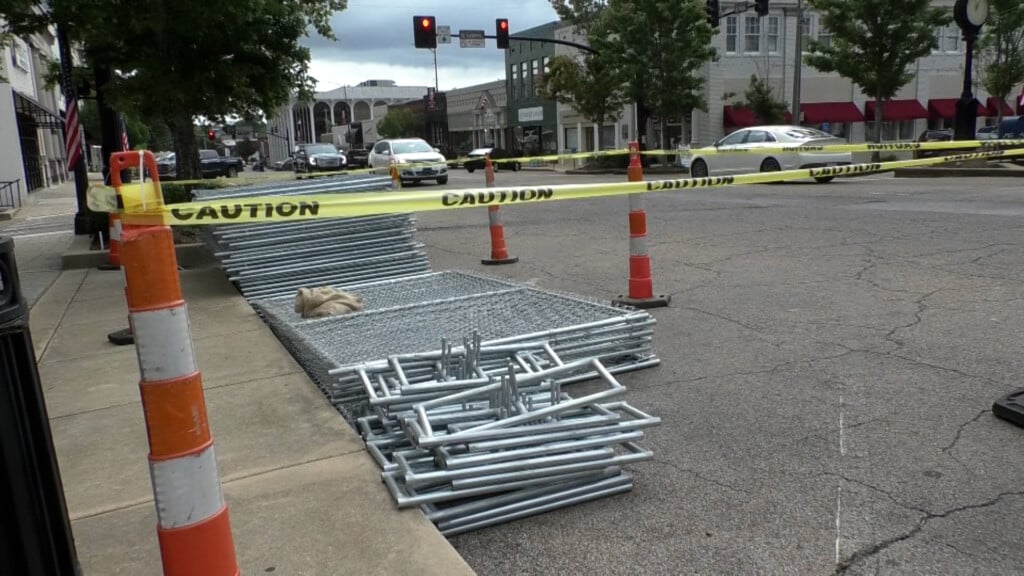Fed cuts interest rates for first time since 2008
- The Federal Reserve voted Wednesday to lower a key interest rate by a quarter of a percentage point to around 2.25%.
- It is the first Fed interest rate cut since the Great Recession a decade ago.
- Investors could see a short-lived spike in the stock market.
The Federal Reserve on Wednesday lowered its benchmark interest rate for the first time since 2008–a move that could signal the start of a new cycle of rate cuts to bolster the U.S. economy amid slowing global growth and stubbornly weak wage gains for many American workers.
The Fed’s cut was a quarter of a percentage point, to a range of 2.0% to 2.25%. What it means for borrowers is that those with credit cards tied to prime interest rates may see a small drop in their interest charges, as will borrowers with home equity lines of credit. Savers are unlikely to see a big drop in rates because savings accounts, particularly at the big banks, still pay rates that are much lower than what the Fed offers banks. Investors could see a short-lived spike in the stock market.
More broadly, it portends a slower-growing world with low investment returns and in which workers will have to either save significantly more along the way for retirement or remain employed for much longer. Home buyers will be able to wait longer without fear of missing out. All of that will put pressure on the already slow U.S. economy, which is likely to produce less wage growth and opportunity.
Trending News
It’s possible the Fed could still switch course and not start down a path of further interest rate cuts. A number of former Fed officials indicated prior to the move on Wednesday that a cut could be a one-and-done situation — a slight divergence from the U.S. central bank’s credit tightening cycle of the past few years, and not a longer term return of dovish monetary policy.
Investors seem convinced that more Fed rate cuts are coming, however. “I think if the Fed makes it clear that this is a one-time situation, and there will be no more cuts, it will be disastrous for the stock market,” said veteran rate watcher Keith Gumbinger, a vice president at HSH.com.
That would likely insure more rate cuts, since this Fed and its chairman, Jerome Powell, seeme more driven by market sentiment than past U.S. central bankers.
President Donald Trump, too, who wants lower rates, is likely to push for more cuts.
This Fed last cut interest rates in September 2007. It finally began raising rates in December 2015, a little more than two and a half years ago. But in that time the Fed’s benchmark interest rate appears to have peaked at around 2.5%, far lower than in past economic cycles.
The Fed pushed up its interest rate 4.25 percentage points, to 5.25%, in the mid-2000s. Rates climbed 3.5 percentage points in the late 1990s to 6.5%.
What’s more, in the most recent rate-cutting cycle to combat the systemwide shocks of the financial crisis, annual GDP growth for the U.S. economy never made it to 3% — much lower than in the past.
Even Mr. Trump’s and his fellow Republicans’ massive tax cut that went into effect in 2018, which is expected to add $2 trillion to the federal deficit, was only able to boost economic growth by a disappointing 0.5 percentage points.
GDP growth hit 3.8% in 2004 and 4.8% a half decade before that. Economic growth of nearly 4% was common as recently as the 1980s.
— This is a developing story.





Leave a Reply